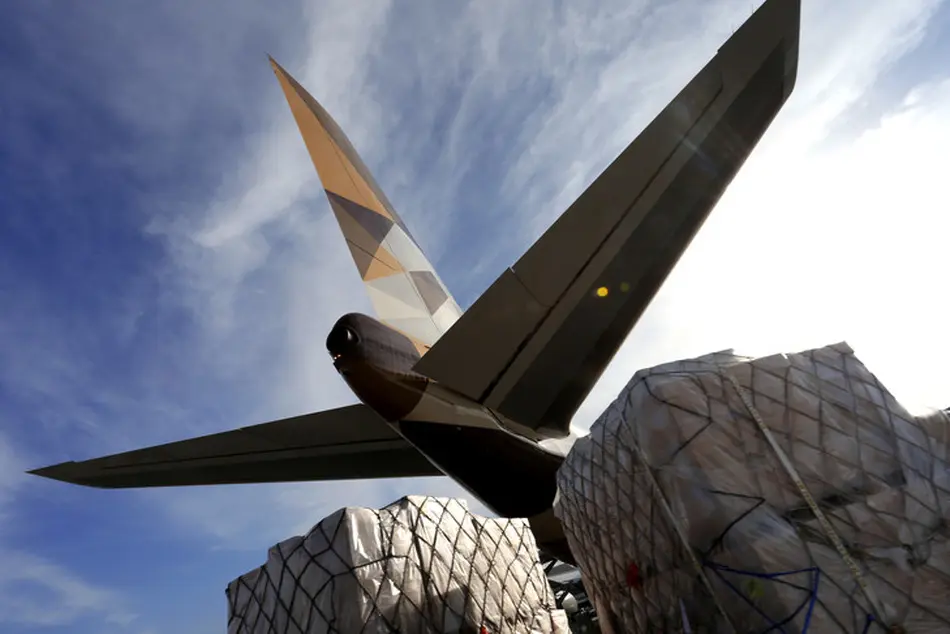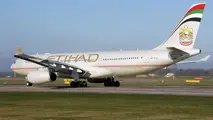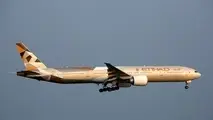Etihad reports a loss for 2017 while cargo revenues remain flat
Etihad Airways reported its second annual loss in a row, although performance improved, while cargo revenues were flat and volumes decreased.

Etihad Airways reported its second annual loss in a row, although performance improved, while cargo revenues were flat and volumes decreased.
The Abu Dhabi carrier saw total revenues increase by 3.4% last year to $6.1bn, while core airline loss reached $1.52bn, up from $1.95bn in 2016.
Its cargo division saw revenues remain flat at $0.9bn, while cargo tonnages were down 7.4% year on year to 552,000 tonnes.
The airline pointed out that it had been able to improve performance despite “significant” fuel cost increases, the entry into administration of partners Alitalia and airberlin, and initial investment in a comprehensive business transformation programme.
“A strong focus on efficiency delivered a 7.3% reduction in unit costs, despite the adverse impact of $337m from higher fuel prices,” the airline said.
It also reduced administration and general expenses by 14%, or $162m, over 2016.
Etihad Cargo reduced capacity by 6%; however, revenues declined only marginally, down 0.8%, driven by stronger load factors and yields.
Tony Douglas, Group chief executive officer of Etihad Aviation Group, added: “We made good progress in improving the quality of our revenues, streamlining our cost base, improving our cash-flow and strengthening our balance sheet.
“These are solid first steps in an ongoing journey to transform this business into one that is positioned for financially sustainable growth over the long term. I would like to thank our people for their hard work and dedication in 2017.
“It is crucial that we maintain this momentum, retaining talent and attracting leading professionals from around the world to work alongside our highly-skilled UAE national workforce.”
Etihad Airways received twelve new aircraft in 2017, including two Airbus A380s, nine Boeing 787-9 Dreamliners, and an Airbus A330F. These aircraft replaced 16 older Airbus A340, A330, A319 passenger and A330F cargo aircraft, which exited operations, thereby reducing the average fleet age to just six years.
Its Middle East rival Emirates saw cargo revenues increase by 17% to AED12.4bn while volumes were up 1.8% to 2.6m tonnes.
Qatar Airways has yet to report its financial figures for 2017, although it is expected to report a loss in light of the embargo placed on the Qatar by four nearby countries.



